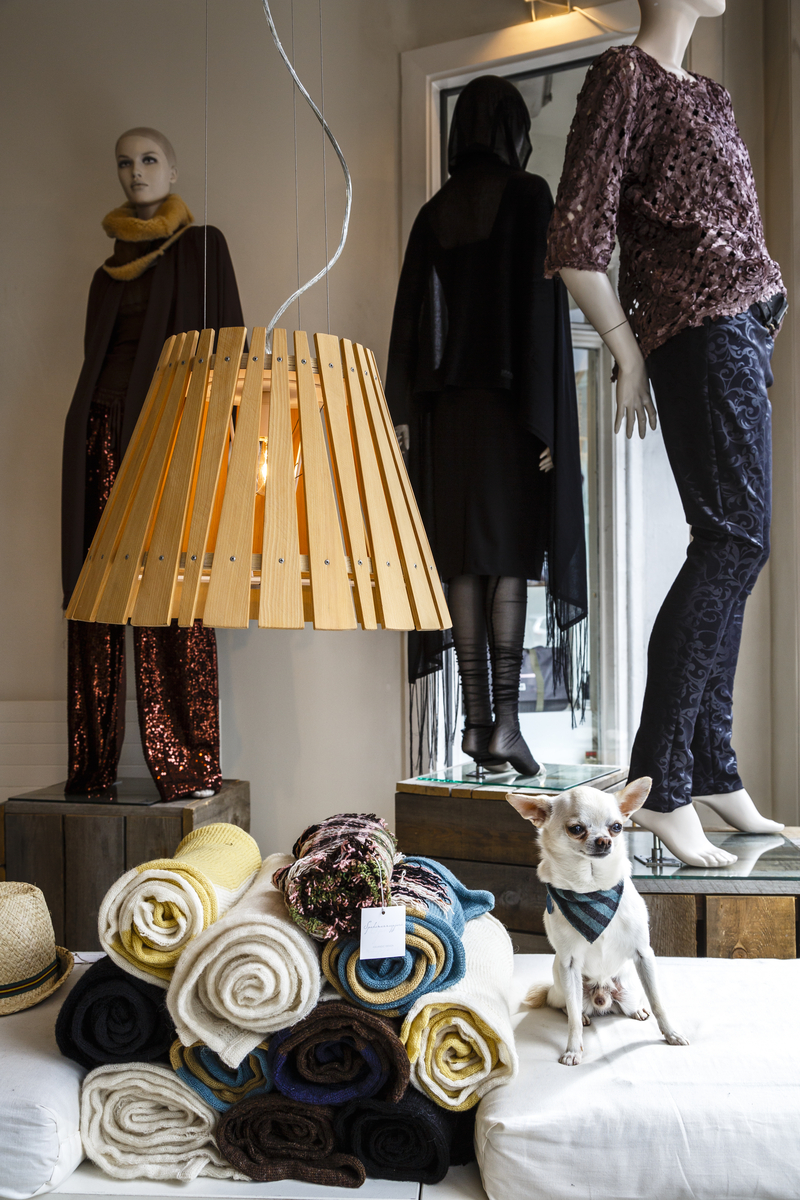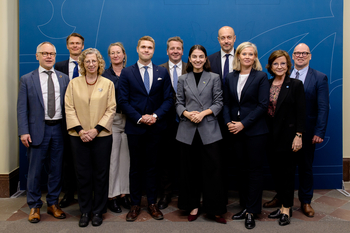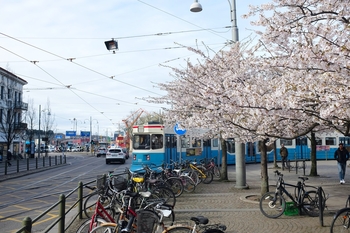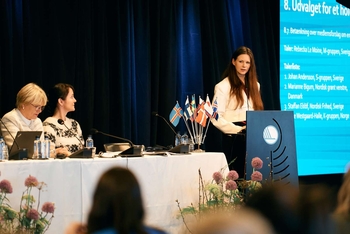Nordic brands forge pathways towards textile-to-textile recycling

Once textiles are worn out, using them as raw material for new garments can potentially reduce the garment industry's demand on global resources. However, the transition towards textile-to-textile recycling requires challenging shifts in how the industry and individual companies operate.
A number of Nordic brands have been forging the way forward, both through designing for ease of recycling – thus increasing potential supply of recycled material – and through using recycled materials in new products.
The publication Textile to Textile Recycling: Ten Nordic Brands that are Leading the Way presents ten cases of Nordic brands that are active in the transition. Each case describes how the brand is engaging, the challenges the companies have experienced and solutions they have reached with suppliers and other key partners.
Stimulating Textile to Textile Recycling takes a deeper look at these experiences and draws out common strategies that have assisted brands and their suppliers in moving forward. It draws out messages for the industry as a whole and how networks and partnerships across the industry can assist in the wider transition.
In 2015, the Nordic Council of Ministers launched an action plan for sustainable fashion and textiles, Well Dressed in a Clean Environment, in response to a growing recognition of the need of a sustainable transition in the sector. The case wallet and report have been produced under one of seven projects launched to implement the action plan, and responds to one of its objectives; to ‘promote business models that stimulate recycling of fibres into new textile products’.
Download the publications for free here:




